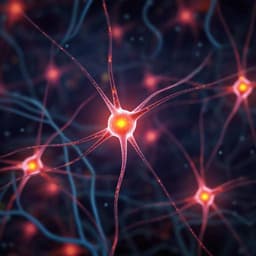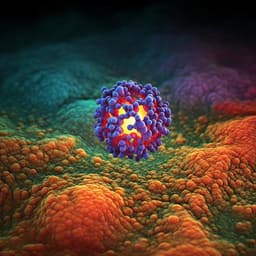
Biology
Engineering viral vectors for acoustically targeted gene delivery
H. R. Li, M. Harb, et al.
Unlocking the potential for targeted gene delivery to the brain, researchers from Caltech and Rice University have engineered novel AAV vectors that significantly enhance ultrasound-targeted gene delivery while minimizing unwanted effects on peripheral organs. This breakthrough promises a major advancement in treating brain diseases and neuroscience research.
Playback language: English
Related Publications
Explore these studies to deepen your understanding of the subject.







